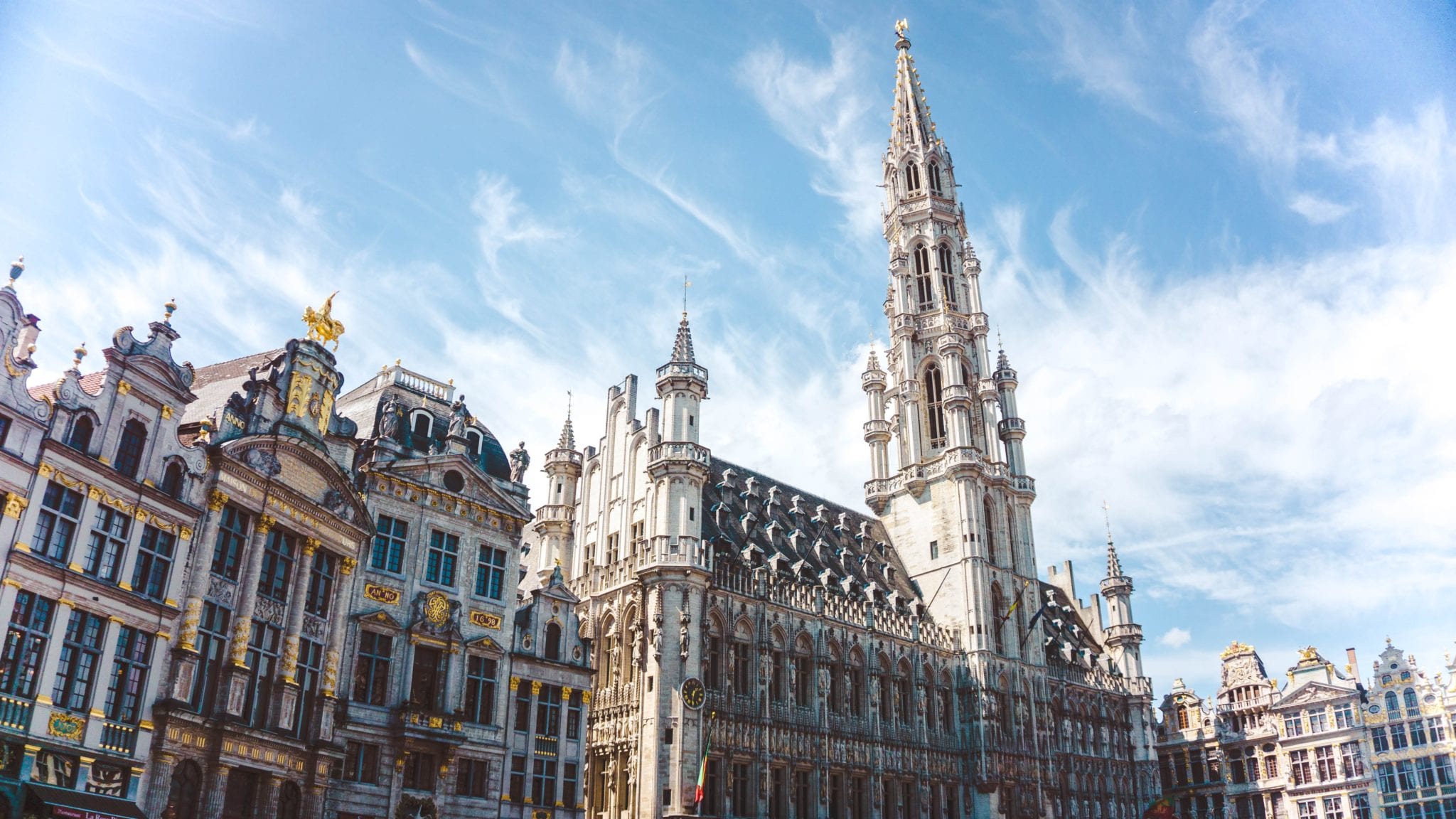A Forest Relict in Brussels

The Sonian Forest to the southeast of Brussels is dominated by beech trees and their related biodiversity. Due to the extraordinary evolution of this beech tree ecosystem since the Ice Age, in 2017 it was inscribed as a UNESCO World Heritage Site. Although it is a primeval forest relict, humans have been using it for more than 5000 years: in the Neolithic Age, we first settled in, during the Roman Empire, was part of the Silvia Carbonia extended from the shores of the Rhine to the North Sea, in the early Middle Ages, served as a hunting ground, then, in the next centuries, was plundered by the local lords for money, yet at the eighteenth century, the Austrian landscape architect, Joachim Zinner, reforest it with beech, and, up to the present day, they still make up the majestic beech cathedral forest with trees taller than 50 metres and older than 200 years. Today, the Sonian Forest covers more than 4,000 hectares, but it faces new hazards: air and water pollution, visitor pressure, urbanization and, above all, climate change. It is not just a forest, is part of our history.










